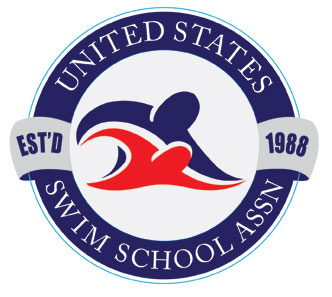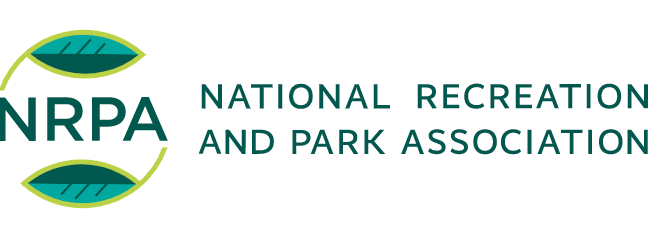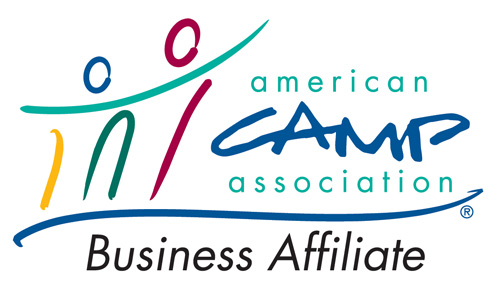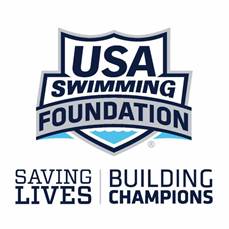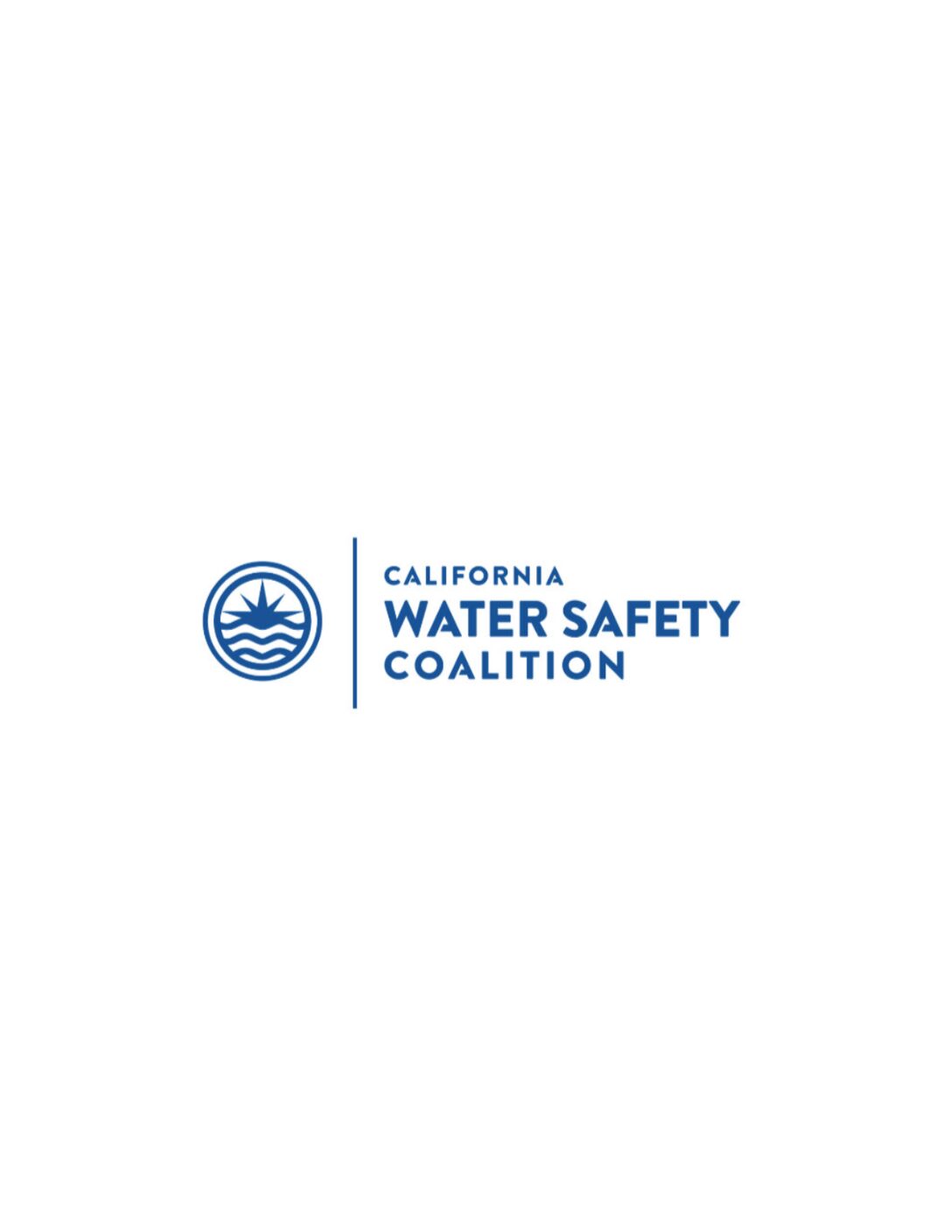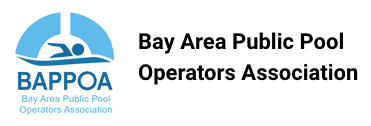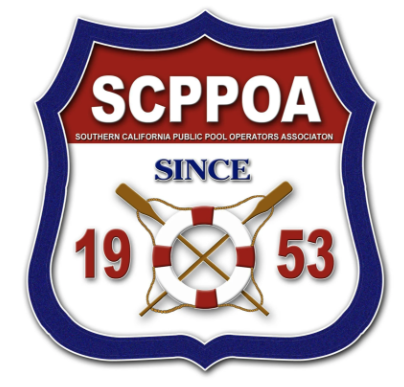Early Teaching Experience
Mullen's early teaching experience included children that didn't start swimming lessons until they were five or six years old. From 1982 through 1993, all the swim lessons he taught were to children ages five years old and older.
After moving to a new area of the country in 1993, Mullen found a huge demand for teaching younger children, so he began teaching three and four-year-olds. He didn't know where to start, other than to teach the three and four-year-olds the way he had always taught the older kids. It didn't take him long to realize that if he was to be successful, he had to come up with a better approach to teaching pre-school swimming lessons.
The following includes key points for teaching swimming lessons to preschool swimmers.
Make Learning Like Play; Let the Children Play to Learn
Use activities that teach skills as opposed to drills. Engage young learners by getting them to use their imagination. Furthermore, be excitable and animated by making your students laugh while they have fun learning.
Mullen will never forget in the summer of 1994 when he was teaching Benjamin Fogler. Fogler's father, Eddie Fogler, was the Head Men's Basketball Coach at the University of South Carolina. Coach Fogler watched closely as Mullen was teaching Ben to kick using an activity called Let's Rescue the Animals. Mullen had Ben and his other two students wearing red, plastic fireman's hats, pretending they were rescuing floating fish, ducks, and frogs. The students made siren sounds as they practiced their kick and kicking out to a float, rescuing it, and bringing it back to safety on the side of the pool.
While each student kicked out and back to rescue multiple aquatic creatures, Mullen moved from child to child, manipulating their legs, praising them, and making learning fun. Mullen will never forget what Coach Fogler said at the end of the class, "Great class, Coach. Did you come up with that? I'd copyright that if I were you."
Use Cues and Buzzwords
The first way a preschooler is truly going to learn to swim is with his face in the water. When a preschooler swims at the surface, with his face in the water, there are three things that are important:
- The child must be able to hold his breath.
- The child must be able to do an air exchange so he can breathe and continue his swim.
- The child must be able to propel himself through the water using his kick, as the arms are almost irrelevant until he is skill-ready to do the freestyle unless he is doing a dog paddle. If he's doing a dog paddle, then the hands must move quickly, in front of his face, to help keep his face out of the water so he can breathe. The paddling skill should only be taught once the child can hold his breath in a horizontal position for three to five seconds. Then, it is imperative to progress to swimming at the surface with the face in the water, using either a pop-up or rollover breath.
Keeping those three points in mind, design cues and buzzwords to teach the general idea of those skills:
- Breath holding: "Balloon face" or simply "hold your breath" are phrases to use.
- Air Exchange: "Get your air in your mouth, blow out your mouth, and your nose" is a good cue to use. Alternatively, say, "Get your air, blow it out."
- Kicking: "Fast kicks" or "Small, fast kicks" are easy buzzwords to utilize.
- Swim and Air Exchange: The combined phrase "Breathe and swim" will work here.
The bottom line is that when teaching preschoolers, it is best to avoid the details. Focus the young learners on what really helps them perform the skill successfully.
Correct Preschoolers With Compliments
Sandwich your corrections with compliments and praise. Young children can get frustrated very easily. Keep the teaching environment full of positive reinforcement. Compliment their effort, hair, smile, and big muscles.
Use Kinesthetic Feedback
Most young children learn best when they feel it (kinesthetic feedback). One of the finest techniques for teaching preschoolers is let them feel the "small, fast kicks" as you maneuver their legs through the movement pattern.
Combining kinesthetic feedback with visual methods is another technique that works. Preschoolers think it is funny when you show them the right way, show them an exaggerated wrong way, and then show them the right way again. For example:
- Demonstrate a good small, fast kick.
- Then, demonstrate a bad one. Make it really bad and exaggerate it for laughs.
- Demonstrate the correct one again to reinforce what you do want the child to do. This technique works very well when combined with kinesthetic feedback.
- Maneuver their legs so the kick is perfect, then maneuver their legs so it's really bad, and then maneuver their legs so it's correct again. This technique works wonders.
These points have made Mullen's preschool-age swim lessons more enjoyable for both him as a teacher and for his students.
For information, please see our private preschool swim lessons.
This article is shared by The Swimming Swan



